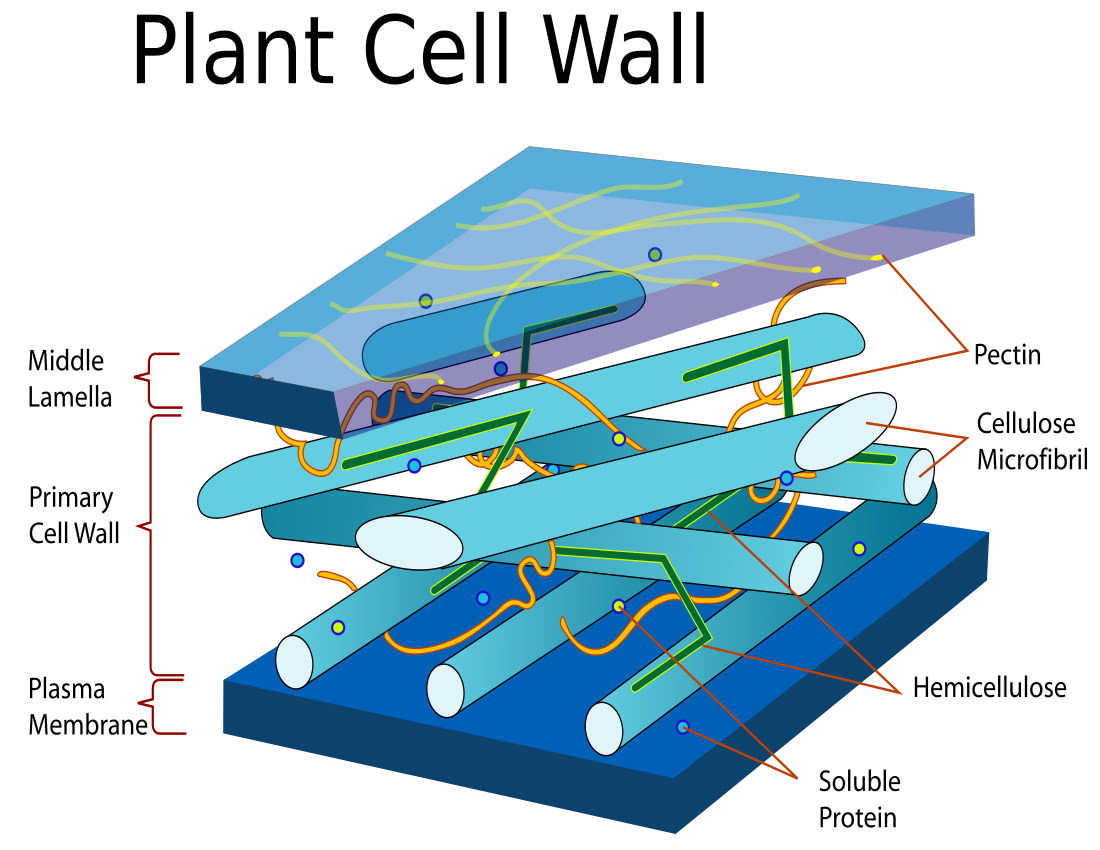WJEC Biology: 1.2- Cell Organisation and Structure
4.5 / 5 based on 3 ratings
- Created by: Sam
- Created on: 13-04-16 16:34
Nucleus
- Bound by two membranes, the nuclear envelope, with pores allowing molecules, such as mRNA and ribosomes in and the outer membrane connects to the endoplasmic reticulum.
- The granular material inside is called nucleoplasm. It contains chromatin, that condenses into chromosomes during cell division.
- Within the nucleus is the nucleolus. It is the site of formation of rRNA.
1 of 10
Mitochondria
- Function: Production of ATP in aerobic respiration
- Features: two membranes, separated by the inter-membrane space. The inner membrane is folded inwards to form cristae.
- An organic matrix, which is a solution containing many compounds, including lipids and proteins.
- Small (70S) ribosomes and a small circle of DNA which allow mitochondria to make some of their own proteins and self-replicate.
- Found in: Metabolically active cells, such as muscle cells, needing a good supply of ATP.
.svg/2000px-Animal_mitochondrion_diagram_en_(edit).svg.png)
2 of 10
Endoplasmic Reticulum (ER)
- Rough ER: Has ribosomes on the outer surface and transports the proteins made there, either to be secreted or for use in the cell membrane. Found in cells that make a lot of protein, such as cells making amylase in the salivary glands.
- Smooth ER: Comprises membranes that lack ribosomes. It is associates with the synthesis and transport of lipids.
- Cells that store large quantities of carbohydrates, proteins and fats, including liver and secretory cells, have extensive ER.
3 of 10
Golgi Body
- A stack of membrane bound, fluid filled sacs, often found near the nucleus.
- Functions: Producing secretory enzymes, packaged into secretory vesicles.
- Secreting carbohydrates, e.g. for the formation of plant cell walls.
- Producing glycoprotein.
- Transporting and storing lipids.
- Forming lysosomes, containing digestive enzymes.
4 of 10
Lysosomes
- Small, temporary vacuoles surrounded by a single membrane, formed by being pinched off from the Golgi body.
- Function: They contain digestive enzymes to break down foreign materials and recycle old organelles.
- Lysosomes fuse with the vesicle made when a white blood cell engulfs bacteria by phagocytosis and their enzymes digest the bacteria.
5 of 10
Centrioles
- Composed of two rings of microtubules, making hollow cylinders positioned at right angles to one another.
- Together they are sometimes referred to as the centrosome.
- Function: During cell division, centrioles organise the microtubules that make the spindle.
- Found near the nucleus.
6 of 10
Chloroplasts
- Features: Each chloroplast is surrounded by two membranes, the chloroplast envelope.
- The stroma is fluid-filled and contains some of the products of photosynthesis, including lipid droplets and starch grains.
- They contain 70S ribosomes and circular DNA which enable them to make some of their own proteins and self-replicate.
- Flattened sacs called thylakoids which contain chlorophyll. A stack of thylakoids is a granum. They produce a large surface area, efficient for trapping light energy.
- Each granum is connected by an inter-granal lamella.
7 of 10
Vacuole
- Most plant cells contain a permanent vacuole: A fluid-filled sac bounded by a single membrane, the tonoplast.
- Contains cell sap, a solution which stores chemicals and possibly vitamins and pigments.
- Vacoules have a major role in supporting soft plant tissues.

8 of 10
Ribosomes
- Function: The site of translation in protein synthesis, where mRNA is used to assemble the polypeptide chain
- In prokaryotic cells they are 70S in size; in eukaryotic cells they are 80S.
- Composed of one large and one small subunit.
- Assembled in the nucleolus from rRNA and protein.
9 of 10
Cell Wall
- Consist largely of cellulose and held together in microfibrils, which are aggregated into fibres, embedded in a polysaccahride matrix called pectin.
- Functions: Allows transportation of molecules through the apoplast. The apoplast pathway is the main way that water crosses the plant root.
- Provides mechanical strength for the cell when the vacuole is full of solution and pushes against the cell wall, the cell wall resists expansion and becomes turgid.
- Allows communication between adjacent cells via the plasmodesmata.

10 of 10
Related discussions on The Student Room
- my a-level journey 🧸♡🍪 »
- Unofficial Mark scheme: AQA GCSE Biology Paper 1 Triple Higher Tier 16th May 2023 »
- Grade Growth Chronicles | From C's to A's (23-24) »
- AQA GCSE Biology Paper 1 Triple Higher Tier [16th May 2023] Exam Chat »
- Natural Sciences at UCL or Bath? »
- GCSE Biology »
- Natural science advice?? »
- Edexcel IGCSE Biology | PAPER 2 »
- Do I need to know how to draw structures for carbohydrates? (AQA A Level Bio) »
- Biology paper 1 2023 »
Similar Biology resources:
0.0 / 5
3.0 / 5 based on 1 rating
2.0 / 5 based on 5 ratings
5.0 / 5 based on 6 ratings
5.0 / 5 based on 1 rating
5.0 / 5 based on 1 rating
Teacher recommended
0.0 / 5
2.5 / 5 based on 2 ratings
3.5 / 5 based on 2 ratings
Comments
No comments have yet been made